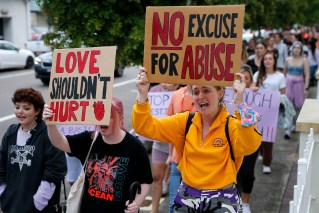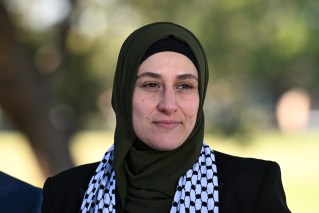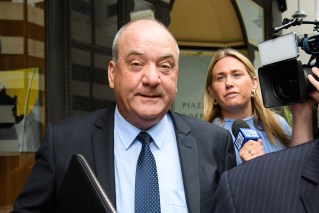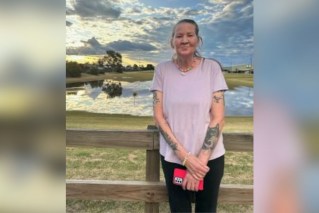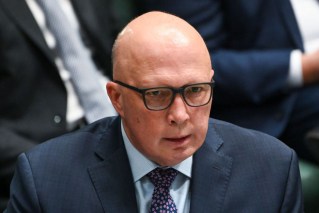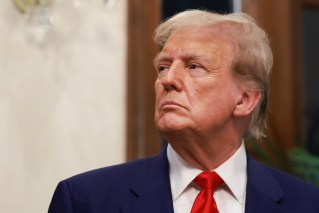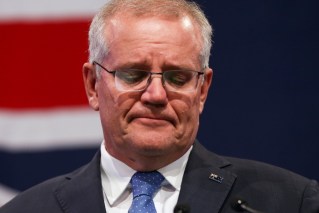Matthew Leveson case: The mechanics of trying Michael Atkins a second time for boyfriend’s murder
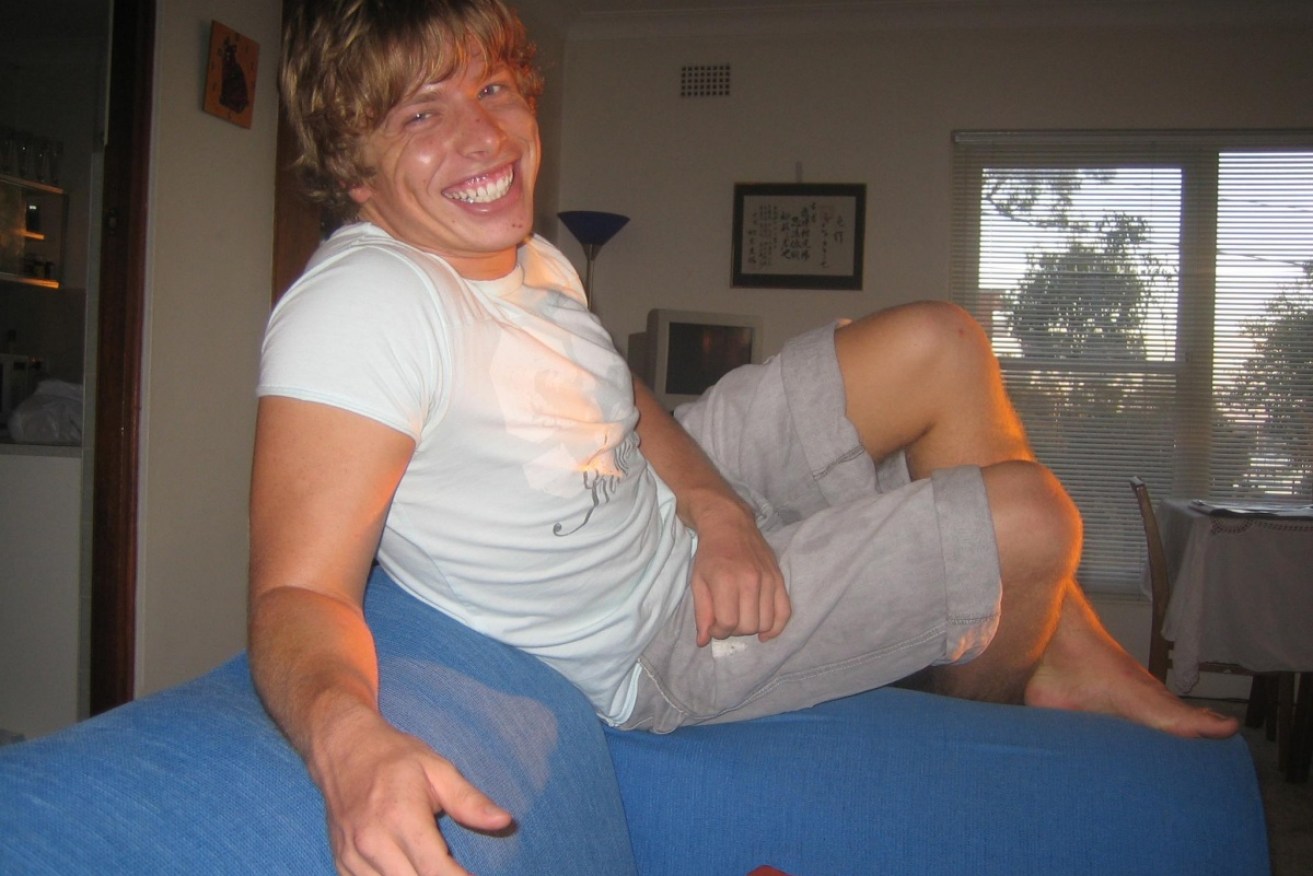
Matthew Leveson's body was found in May after his former boyfriend led police to the site. Photo: Facebook
Michael Atkins could be charged with the murder of Matthew Leveson for a second time, one of New South Wales’ top legal experts says, but police would need more than just the missing man’s remains.
Any fresh prosecution would hinge on police finding fresh and compelling evidence that links him to the alleged crime.
Yesterday, NSW police found human remains in the Royal National Park, and said they were “very confident” they had located the skeleton of Mr Leveson, missing for almost 10 years.
However, former NSW director of Public Prosecutions Nicholas Cowdrey said authorities would need more than that to again charge Mr Atkins, who was the partner of Mr Leveson at the time of his disappearance.
“That by itself doesn’t provide any evidence of an offence by anybody, including Atkins,” he said.
“If they find material with the body which is connected with Atkins, that puts a connection between the body and Atkins, but depending on the nature of that material it may not prove very much.
“We know that the two were lovers. They would have had physical contact.
“If for example, Atkins’ DNA was found on the body or on clothing or on some object there, that doesn’t tell you much more than the fact that they were together at some time.”
Mr Atkins was tried and acquitted of the 20-year-old’s murder and manslaughter in 2009.
Mr Cowdrey said if new evidence were to be found it would have to satisfy stringent tests, including being reliable, substantial and highly probative.
He said the legalities surrounding this case were unprecedented in NSW.
Can Atkins face further charges?
Yes, but police must find “fresh and compelling evidence” they allege links Mr Atkins to Mr Leveson’s death due to the state’s double jeopardy laws.
Double jeopardy laws exist to prevent authorities repeatedly charging a person who has been found innocent of a crime.
But the fact Mr Atkins told police where Mr Leveson’s body was does not count as fresh evidence because he revealed that information while protected by a deal struck with NSW Attorney-General Gabrielle Upton.
That deal granted him immunity from prosecution for perjury after he admitted lying in the stand at a coronial inquest into Mr Leveson’s death last year.
Police would need to find some other piece of evidence in order to lay a new murder charge against Mr Atkins.

NSW Police erect a screen around the site as forensics officers begin to exhume human remains, believed to be those of Matthew Leveson, found in bushland in the Royal National Park south of Sydney on Thursday. Photo: AAP
Why was a deal done?
On Friday, November 4 last year, Mr Atkins admitted on the stand he had lied in his evidence to the inquest, and the police have used this as leverage.
That’s because if Mr Atkins was found to have lied under oath, he could be prosecuted for perjury which carries a maximum sentence of 10 years in jail.
The office of the NSW Attorney-General confirmed a deal was struck with Mr Atkins in November last year.
Under the deal, Mr Atkins was given indemnity specifically from prosecution for perjury and contempt of court on the evidence he gave at the inquest.
The deal is conditional on detectives actually finding Mr Leveson’s remains. Put simply — no body, no deal.
But that deal was not the only one done.
So what else makes this so complicated?
There is another important point that makes Mr Atkins’ situation unique in NSW.
On top of the deal Mr Atkins made with the NSW Attorney-General, he was given what is called a “section 61 certificate” by NSW deputy coroner Elaine Truscott.
In May last year, Ms Truscott ruled Mr Atkins be compelled to testify at the coronial inquest into the death of his boyfriend Mr Leveson.
He did not give evidence at his own trial in 2009, and police tapes of interviews with Mr Atkins were ruled as inadmissible evidence, as police at the time had not informed him he was a suspect.
It is still unknown what Mr Atkins knows about Mr Leveson’s death and whether he had any involvement.

Matthew Leveson’s parents Faye and Mark are pictured on Thursday. Photo: AAP
Ms Truscott’s ruling forcing Mr Atkins to give evidence came with the caveat that any incriminating information he disclosed during the inquest could not be used against him in any hypothetical future criminal proceedings.
How are coronial inquests and criminal trials different?
University of Sydney Law School Associate Professor Arlie Loughnan said there was a distinct difference between a coronial inquest and a criminal trial.
“It’s what lawyers like to call an inquisitorial process which means it’s aimed at getting at the truth,” she said.
“The orientation of the coronial inquiry is towards getting answers rather than in a criminal law context where the procedure is adversarial and it’s about the presentation of arguments by either side.”
During coronial inquests witnesses are entitled to object to answering questions if a truthful answer may tend to incriminate them.
But the coroner can decide to provide a section 61 certificate to compel a reluctant witness to give evidence.
Associate Professor Loughnan said the issuing of such a certificate could help get to the heart of the matter.

Matthew Leveson was last seen leaving ARQ nightclub on Sydney’s Oxford Street. Photo: Facebook
“If a person doesn’t give evidence willingly then the coroner goes through an inquiry to decide whether the information the person has is relevant to his or her inquiry — in other words they know something that the coronial inquest needs to address,” she said.
“If that’s the case then the coroner issues a certificate which requires the person to give evidence in the coronial inquiry under oath.
“The certificate indicates that the evidence can’t be used in a criminal proceeding.”
After five days of intense questioning on the stand, Mr Atkins agreed to lead police to the body.
On Thursday, November 10, police launched a search and started digging in the Royal National Park south of Sydney, looking for the remains of Mr Leveson.
Yesterday, they found human bones at the site and police said they were “very confident” the remains were Mr Leveson’s.
Not an easy choice
The decision to issue a section 61 certificate was not taken lightly.
The Local Court Bench Book — Coronial Matters said “the issuing of a certificate requires careful consideration. Evidence given under the protection of the certificate may not be used directly or indirectly by police or investigators in NSW and therefore may taint or retard future investigations”.
It said the advice of police and counsel assisting the coroner must be sought before such a certificate is issued.
Mr Leveson’s family, who pushed for years to get the coronial inquest reopened and Mr Atkins on the stand answering questions, was also consulted.
At the time, Mr Leveson’s mother Faye Leveson said the family realised it might be the only chance to recover the 20-year-old’s remains.
Additional reporting by Lucy Carter
– ABC


